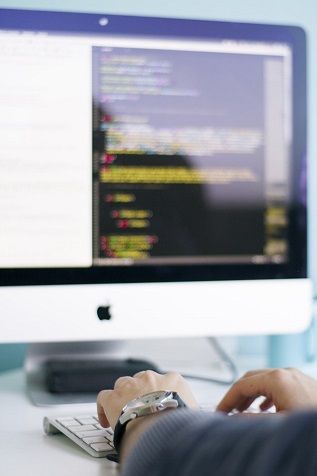Up until recently, software patents accounted for about half of all patents issued by the United States Patent and Trademark Office (USPTO). The U.S. Supreme Court has since made it more difficult to receive a software patent. However, the tide is shifting back in favor of inventors and patent owners.
In fact, since the initial downturn in software patents there has been a strong resurgence of favorable law. Furthermore, the USPTO has issued guidelines as to what is allowable subject matter. Taking both the favorable law and the guidelines into account when moving forward with a software related patent application has proven to be a successful strategy.
Although there are no bright line rules when determining what software may be patented, software that improves computer functionality in a non-abstract, concrete manner is patentable. Also, one of the determining factors in software patentability is whether the invention equates to more than “well understood, routine and conventional activities previously known to the industry.” See Aatrix Software Inc. v. Green Shades Software (Fed. Cir. 2018) and Berkheimer v. HP Inc. (Fed. Cir. 2018). Proving these issues involves diligence, determination, and some patience. It also involves aforethought by the drafting attorney.
If the applicant is able to provide details regarding software functionality and how that functionality is not routine in the industry, the drafting attorney is better equipped to include patentable aspects within the application. Furthermore, if the applicant can explain specifically how that functionality either uses or enhances physical, real-world componentry, the applicant may further improve their chances of receiving a software patent. If you have questions or concerns related to protecting your company’s software, please contact us at (321) 255-2332.


